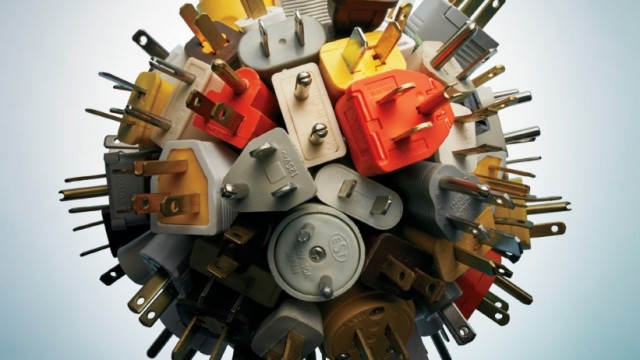
By Michael Frank, Entrepreneur, SouthFloridaReporter.com, Dec. 19, 2015 – When Wi-Fi gained dominance over the Ethernet cable, it obviated the need to plug in for an internet connection. So have you ever wondered why device charging still largely relies on USB cords?
With the rise of wireless charging, that is starting to change. Here’s how it works: There’s a base, connected by wire to an electrical outlet, with a magnetic field that varies constantly. That variance vibrates a receiver in the device, powering the battery. Plop your phone down on a desk with such a base, and it automatically charges.
It’s a century-old idea, first put to use in motors and generators during the industrial revolution. These days the push is toward implementation in personal devices, with more than 200 brands — including Microsoft, Samsung, LG Electronics and Verizon — agreeing to a standard for chargers called Qi. The latest bump came this past spring, when IKEA introduced furniture with built-in wireless chargers and charging pads.
These protocols and deals are starting to equal serious market penetration. In 2014, 55 million devices shipped that charged wirelessly. A year later that number had tripled to 160 million, accounting for $1.7 billion in sales, according to research firm IHS, which predicts an $8.5 billion market by 2018. The proliferation will extend from personal devices like phones, the Apple Watch and laptops to appliances, cars and especially to major infrastructure in offices and public places, such as airports and restaurants.












